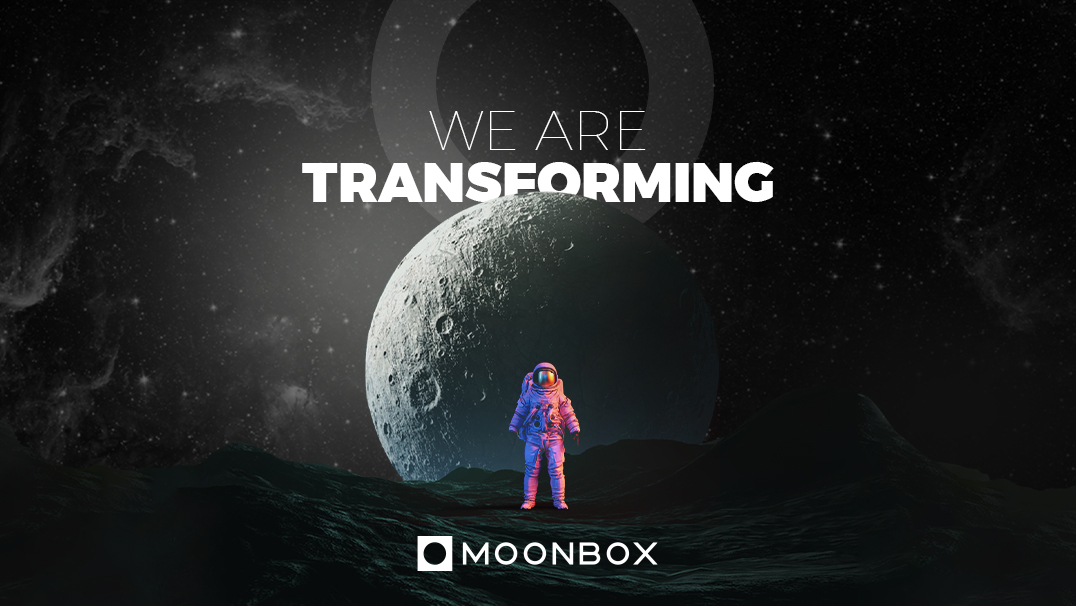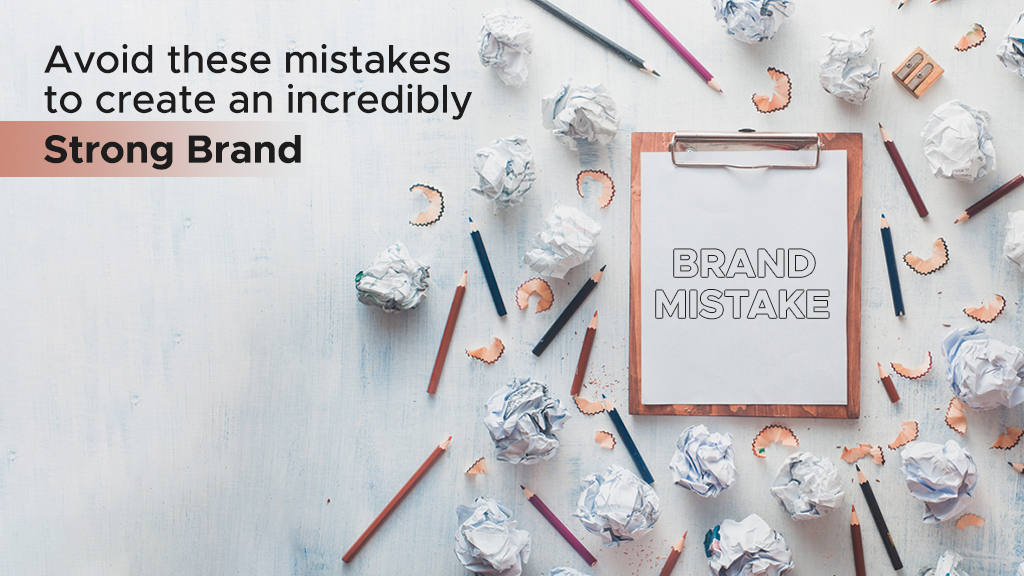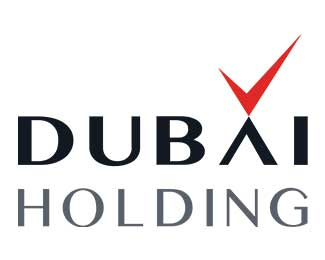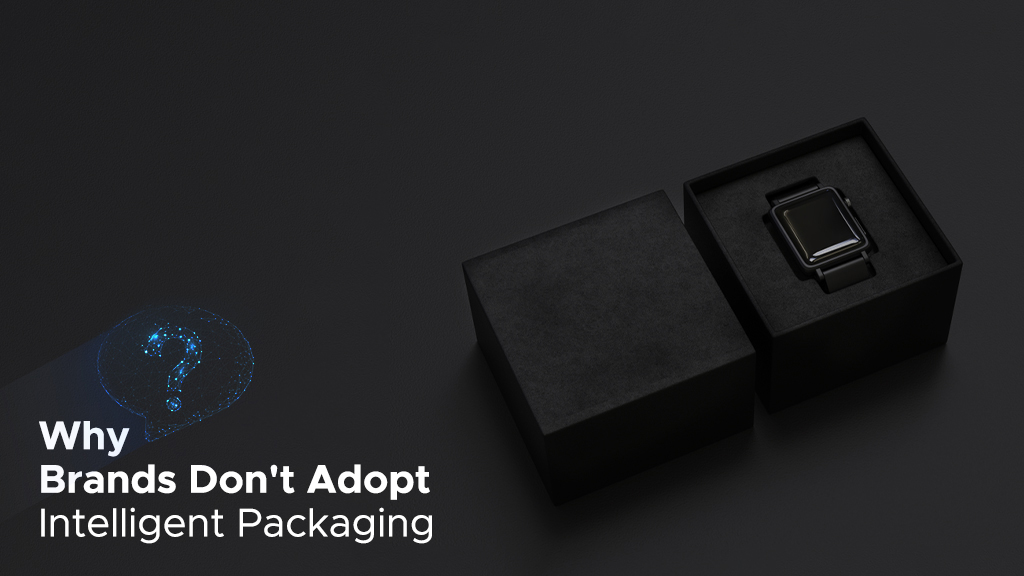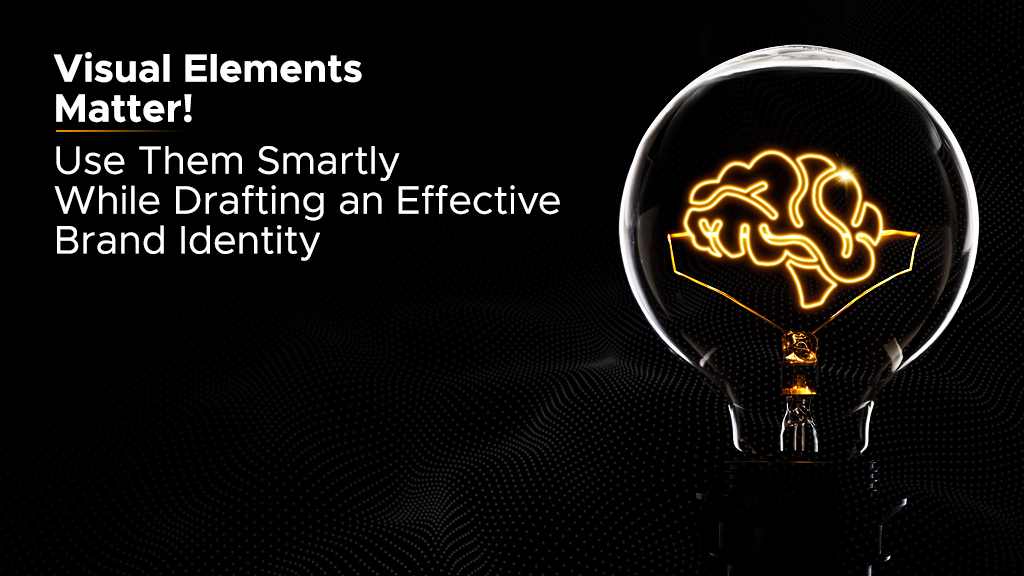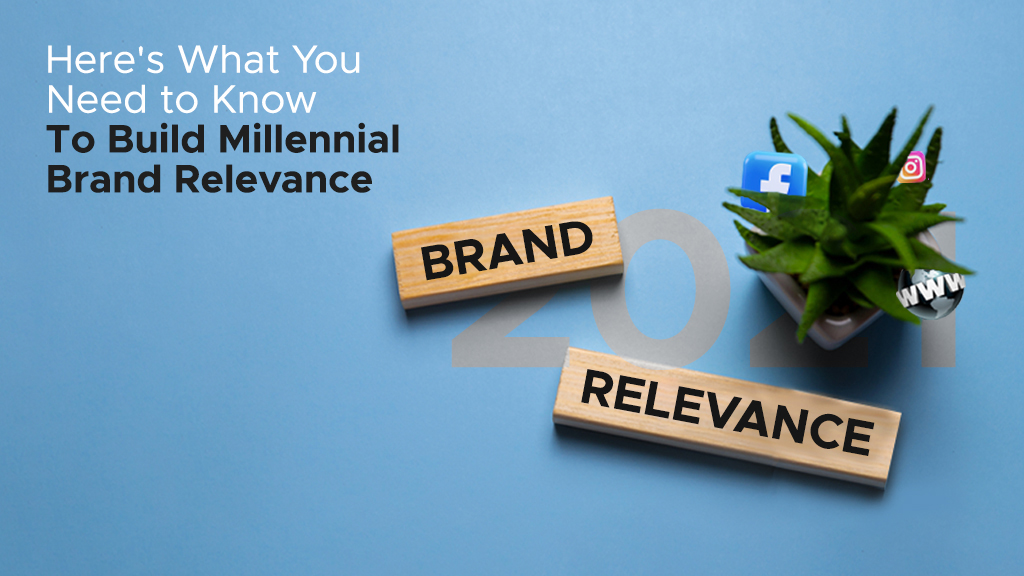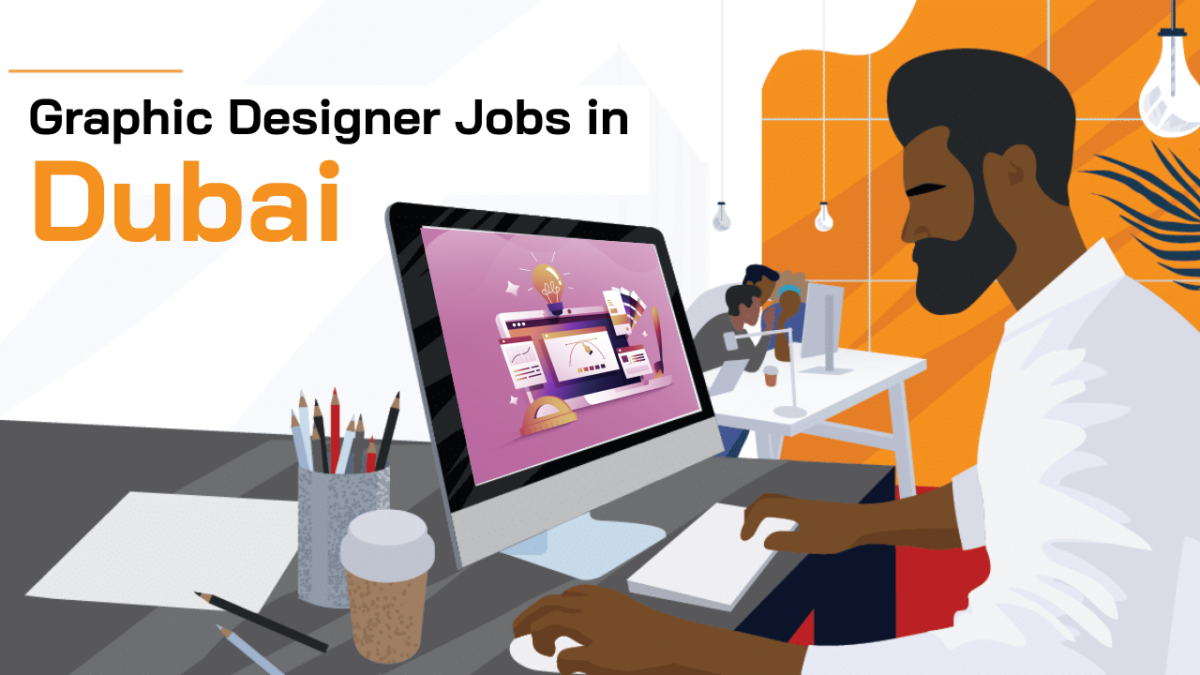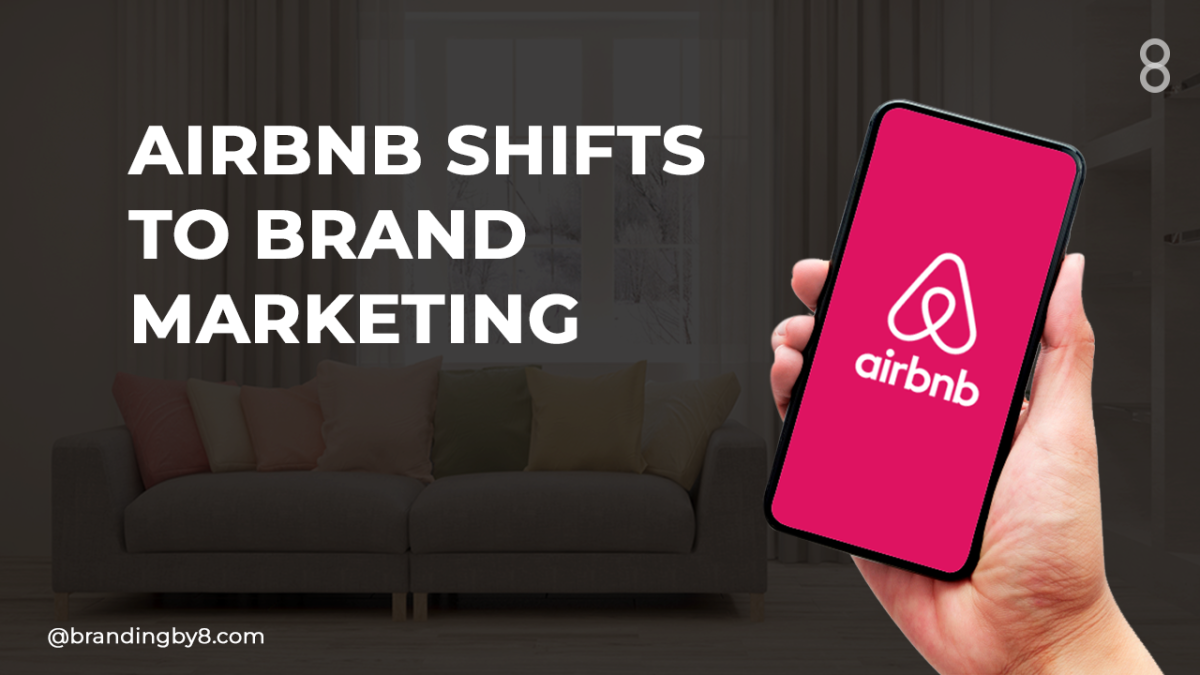As the year 2021 comes to a close, we’re happy to share with you one of the biggest and most significant transformations we’ve worked on in a while.
Branding by 8, Element 8’s brand strategy and creative design arm, is now Moonbox, an independent brand consultancy.
Branding is a strategic and continuous evolution, and while some moving parts work, others may become obsolete or require an upgrade. For this, we need to rebrand, a process just as important as creating a brand strategy from scratch. Together with the entire team, we took time to do some collective introspection, taking stock of where we are, what works and what we need to improve. A few critical things became apparent:
1. The audience perceives us as something we’re not.
- We are NOT a website design and development agency. That’s Element 8‘s turf.
- We are NOT a digital marketing and SEO company. That’s a function of another team at Element 8.
- We are NOT a logo design company. Yes, we develop brand identity, but we are so much more than that.
2. The name ‘Branding by 8’ doesn’t fully represent who we are.
The name may be a dead giveaway for what we do. However, we get questions like, “Who’s 8?” or “Does the ‘8’ mean you only have 8 employees?” and the occasional “So do you make logos AND print business cards?” We need a name that speaks to what we do and actually tells a story–our story.
3. A department does not a brand make.
We want to step up to the next level, and to do that, we need to put out a clear message about who we are and what we are capable of. We are specialised, but that wasn’t the impression we were giving.
So, why Moonbox?
We drilled down on what our business is actually all about. It’s not about the nice and nifty logos; it’s not about the smooth taglines. It’s far more significant than that. We are in this game to make life better. We want people to engage with brands that improve how we see and do things. For brands to have that kind of superpower, first, they need to understand their purpose and catalyse change.
Transformation. That’s what branding is about.
The good kind of change gives you a sense of delight. It drives curiosity and inspiration, influences movement and serves as a guide. What better representation of that concept than the moon itself? Moonbox is all about capturing wonder, illumination and transformation.
What’s changed?
Apart from the look and feel, Moonbox focuses on its position as a distinct brand under Element 8 Group. We believe that having a unique identity is essential for us to carve out our own niche and be more competitive. We want to make the message clear and straightforward—we are not the branding department of a website development agency. We are an independent entity with its own area of expertise. To find out more, check out our About page.
How’s the rebrand going to affect your ongoing branding project?
Not much, really–other than it will become more awesome from here on out. While we are becoming a distinct entity, we are not flying solo. Moonbox is still part of Element 8 Group, and everything in the background is business as usual. The agreements we’ve signed as Element 8 will still be honoured, along with any invoices/receipts and documents.
We’re Moonbox, but you’re the real star!
We know you’ve read thank-you notes all your life but all of this would not have been possible without your support. Everything we’ve done is in service of transformation, and we hope that through our collaboration, we’ve helped kick-start a positive change in your organisation. In the future, we hope to make even bigger waves for your brand as we expand our capabilities as a team.
As our tagline goes, we invite you to capture wonder and make life better for all.
